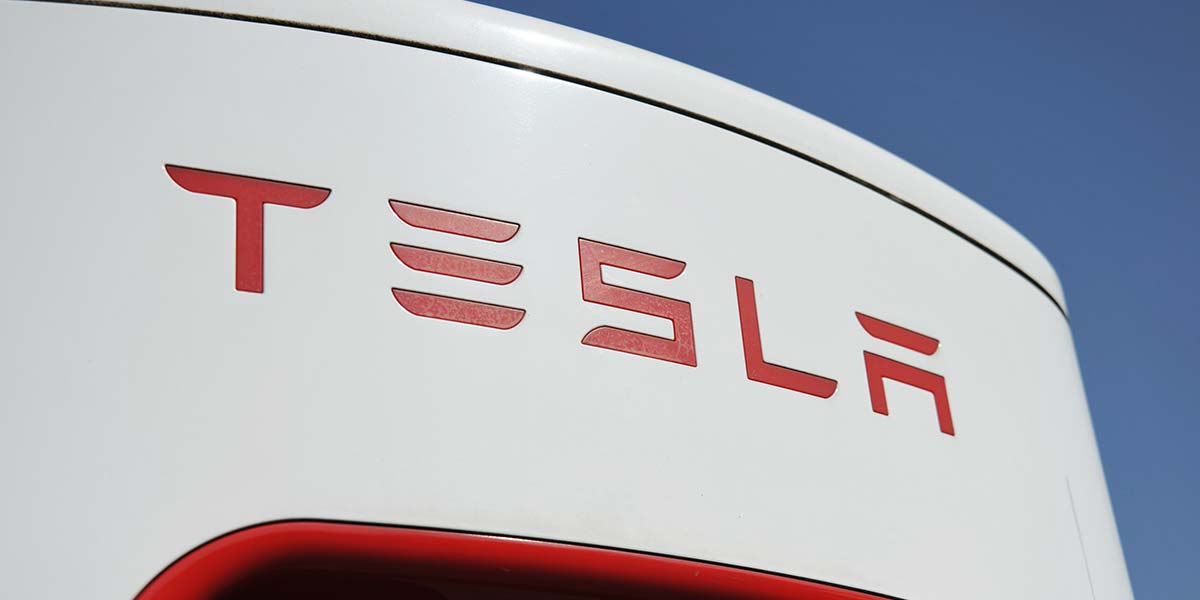Tesla is targeting June 22 to offer its first public rides in self-driving robotaxis, according to CEO Elon Musk, signaling a pivotal step in his high-stakes bet on autonomous vehicle (AV) technology.
The announcement, made on social media platform X Tuesday, comes as anticipation builds among Tesla enthusiasts and investors for the debut of the company’s oft-delayed robotaxi service.
Musk, whose strategy has shifted Tesla’s focus away from developing a new entry-level electric vehicle in favor of a fully autonomous fleet, has tied much of Tesla’s market valuation to the success of self-driving cars.
Tesla is extremely cautious about the safety of robotaxis, as such the exact date is still subject to change, Musk cautioned, adding that the service would initially roll out in Austin, Texas.
In a separate update, Musk claimed that by June 28, Tesla vehicles would autonomously drive themselves from the factory floor to customers’ homes—underscoring his vision for a fully automated future.
A successful robotaxi rollout is critical for Tesla as the company faces slowing EV sales, intensifying competition, and reputational challenges linked to Musk’s political activities in both the U.S. and Europe.
The initial phase in Austin will reportedly feature 10-20 Model Y vehicles operating within a designated area and under remote human supervision. Expansion to other states, including regulation-heavy California, is anticipated later this year.
Musk teased the Austin launch as a dig at Los Angeles, a traditional AV testing ground, saying, “Austin >> LA for robotaxi launch lol,” and confirmed that self-driving Teslas have already begun street trials in the Texas capital.
The robotaxi prototype uses Tesla’s latest Full Self-Driving (FSD) software iteration, with a recent demonstration on X showing a driverless Model Y maneuvering through an Austin intersection, tailed by another Model Y.
Despite the hype, key details on the robotaxi service remain scarce, including operational boundaries, levels of remote supervision, and how the public can hail a ride.





